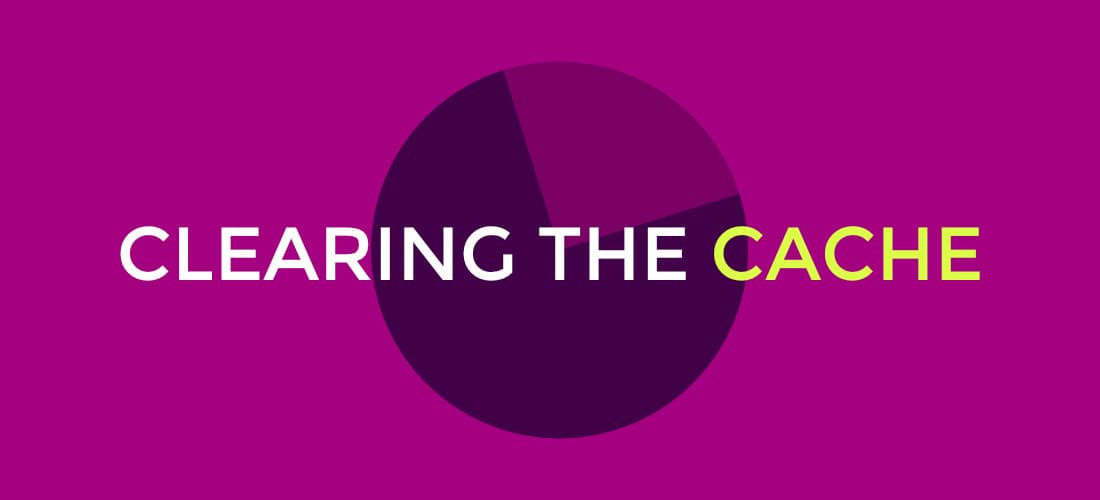
As a developer, I am constantly having to clear the cache either in my browser or through a content delivery service in order to immediately see the changes I have made. Even more, a day doesn’t seem to go where a client doesn’t contact me saying they haven’t seen the changes or updates I have made to their site. The culprit? It’s almost always the cache.
While it may sound like a handful of money, a cache is simply a way that web browsers (and other systems) help to speed up things by keeping local copies of files. So, instead of your browser having to download files from the web server each time, your computer will pull up the local copy. It can make websites load much more quickly.
The cache needs to be cleared (or flushed) when you make changes to a website and you want the changes to be available right away. Developers will often either disable a cache or clear it after making substantial changes to code. If you make updates yourself or have a web developer update your site for you, flushing the cache is often needed to see the changes that have been made.
The most common is your local browser’s cache. This is where files are stored on your computer when you visit a web site. Those files can remain on your computer for an extended period of time.
Another type of cache is a server or service cache. These are caches that reside either on the web server or through an internet service. For example, many WordPress site will utilize a cacheing plugin that will help to decrease page load time by creating static copies of pages that don’t have to hit the database to be created. In addition, there are cacheing services called content delivery networks, or CDNs. While technically not a cache, it operates in a similar fashion by placing copies of code and assets on a speedy server on the internet that can delivery the content to visitors of your site more quickly than the web server itself. Cloudflare is a common content delivery network.
I’ve put together a list with links to support pages and articles for the major browsers and services. This is far from comprehensive, but covers some of the most-used apps and services.
There are always little tricks for browsers and cacheing services. Here are a few…
